This page offers a complete biography of Shakespeare, from birth to death. Read the whole William Shakespeare biography, or skip to the section of Shakespeare’s life you’re most interested in:
Shakespeare’s Birth and Family
Shakespeare’s Childhood & Education
Shakespeare’s Marriage & Children
Shakespeare’s Lost Years
Shakespeare’s London Years
Shakespeare’s Retirement
Shakespeare’s Death
A Very Brief William Shakespeare Biography
- Parents: John Shakespeare & Mary Shakespeare (nee Arden).
- Date of Birth: Generally accepted as 23rd April 1564. Shakespeare was baptised on 26th April, 1564.
- Wife: Anne Hathaway (married 1582).
- Children: Susanna (born 1583), Hamnet and Judith (twins, born 1585).
- Resided: Born and raised in Stratford-Upon-Avon. Prime working years spent away from family in London. Returned to family in Stratford-Upon-Avon upon retirement.
- Career: Writer, actor, theatre owner and producer.
- Body of Work: 37 plays. 149 sonnets. 2 long narrative poems.
- Died: 23 April 1616, aged 52. Buried at Holy Trinity Church in Stratford-upon-Avon.
Read 50 fun facts about Shakespeare

The Chandos portrait of William Shakespeare
Shakespeare’s Birth and Family
Shakespeare was the third of the eight children born to John and Mary Shakespeare of Stratford-upon-Avon on April 23rd 1564.
John Shakespeare ran his own business as a glove maker and a wool dealer. He held local public positions and was a bailiff (like a mayor) in the town council. After 1567 it is alleged that he was in financial difficulties. In 1557 John married Mary Arden who had no formal education at all. John and Mary had lost two daughters prior to William’s birth, leaving him as their oldest surviving child. William’s younger siblings were Gilbert (born in 1566), Joan (1569), Anne (1571), Richard (1574) and Edmund (1580). Anne died at the age of eight, but William’s four other younger siblings lived into adulthoods.
Shakespeare’s family lived in a townhouse on Henley Street in the centre of Stratford-Upon-Avon. John used one of his downstairs rooms as a workshop for his glove business, displaying his gloves on his house windowsill for passers-by to peruse and buy. Read more about Shakespeare’s birthplace.
Shakespeare’s family home on Henley Street, Stratford-upon-Avon
Shakespeare’s Childhood and Education
During Shakespeare’s time it was typical for boys to start their education at grammar school at seven and be taught a curriculum with Latin at is centre. Children would be expected to learn long passages of prose and poetry. In addition, children were drilled in grammar, logic, rhetoric, arithmetic and astronomy. Children of public officials received free tuition. Girls did not receive a school education.
It is likely that William lived with his family and was taught according to the above principles at his local grammar school. This was called The King’s New School, and was just a five-minute walk from his home on Henley Street. When William was fourteen his father lost his public position, so it’s probable that William left school and joined his father in business, making and selling gloves. There is no record of Shakespeare going to university. His contemporary Christopher Marlowe did go to Cambridge, but most playwrights, including Ben Johnson, did not.
To get a feel for Shakespeare’s childhood it’s interesting to note that when Shakespeare was a child water was not clean enough to drink. Attitudes towards hygiene differed hugley to our modern understanding of cleanliness., and tt’s believed that in Tudor times bathing occurred only once a year – probably in May. After the water had been fetched it would be boiled and poured into a large barrel or tub. The father bathed first, followed by any other men who lived in the house, then the women, and finally the children, in order of their age. Talking of such issues, the toilet facilities were quite basic with a simple pewter chamber-pot (a wide jug with a handle) serving as a toilet to be used indoors. Outside, garden privies would consist of a wooden seat with a hole cut in it, sitting over a cess-pit or open sewer.
Read more about Shakespeare’s early childhood >>
Read more about Shakespeare’s teen & school years >>
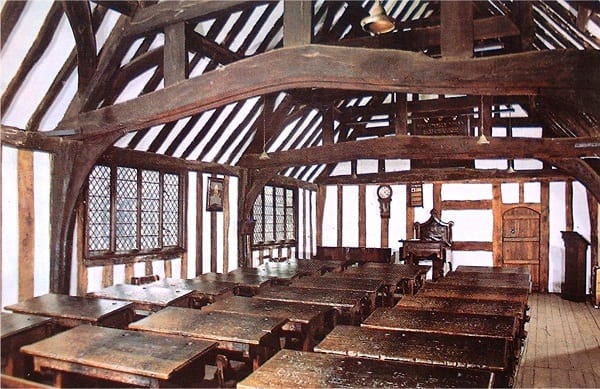
Shakespeare’s likely classroom at The King’s New School
Shakespeare’s Marriage and Children
Parish records show that when Shakespeare was 18 years old he married Anne Hathaway, a 26 year old, wealthy farmer’s daughter, in Canterbury Province, Worcester.
Anne was three months pregnant when they married, with their first daughter, Susanna, born on the 26th May 1583. William and Anne went on to have twins Hamnet (a boy) and Judith (a girl), born on the 2nd February 1585. Hamnet died of unknown causes at 11 years old, but William’s daughters and wife outlived him. Judith went on to marry Thomas Quinney in 1616 and had three sons: Shakespeare, Richard, and Thomas. Shakespeare died in infancy and Richard and Thomas both died bachelors in 1639 leaving behind no legitimate descendants. There are legitimate descendants stemming from Shakespeare’s sister Joan who married William Hart some time before 1600.
Portrait of Anne Hathaway, Shakespeare’s wife
Shakespeare’s Lost Years
The seven year period after the birth of Hamnet and Judith is known as Shakespeare’s ‘lost years’ as there are no recordings about him, other than one mention of him visiting London in 1616 to see his son-in-law, John Hall.
Speculation about this time is rife. One prominent speculative theory is that Shakespeare fled from Stratford to avoid prosecution as a poacher. This theory could explain why he left his wife and children in Stratford and reappeared 90 miles away in London. Other theories are that Shakespeare toured with an acting troupe possibly in Italy. This latter theory is given weight as 14 plus of his plays include Italian settings, and a 16th Century guest book in Rome signed by pilgrims includes three cryptic signings that some attribute to Shakespeare. This is not a watertight argument though because Italian literature would have been widely read at the time. In addition, there is speculation that Shakespeare met John Florio, an apostle of Italian culture in England and tutor to Shakespeare’s patron; Henry Wriothesley, the Earl of Southampton. The possibility that Shakespeare was a soldier has also been debated widely but there is no proof to support this claim.
The truth is though that no one actually knows where Shakespeare lived or worked. What historians are certain of is that during this time Shakespeare left behind the image of a country youth and re-emerged as a playwright and businessman, so at some point during this time he learned his trade as a writer in London.
Shakespeare in London
The late sixteenth century and early seventeenth century is referred to as the golden age of English drama, due to the popularity of theatre, and volume of plays produced at that time. There was fierce competition among the twenty or so theatres in London, keeping scores of writers busy churning out new plays. Shakespeare became one of those writers, though we are not sure exactly how this occurred.
It seems that Shakespeare did not maintain a London household, but lived in several lodgings with landlords and other lodgers during his London years. He was always within walking distance of the theatre zone, so we can imagine him walking to work every day.
By the early 1590s, court records show Shakespeare was living somewhere in Bishopsgate, London. By then he had written Two Gentlemen of Verona, Love’s Labours Lost and A Midsummer Night’s Dream, Romeo and Juliet, Richard II, and The Merchant of Venice. He seems to have been interested in writing poems: in addition to his day job of writing plays – he also wrote his two long poems, Venus and Adonis and The Rape of Lucrece. Not only that, but this is the period when he started work on his sonnets.
In 1595 documents show that Shakespeare was a shareholder in the Lord Chamberlain’s Men, along with William Kempe and Richard Burbage. Shakespeare was involved with this company of actors in London for most of his career, as actor, producer, theatre owner and, of course, a very popular playwright.
It’s evident that Shakespeare was earning good money from his theatre business, as civil records show that in 1597 he bought New Place, one of Stratford’s biggest houses, and moved his family into it. In this same year, his son Hamnet died of unknown causes, aged eleven.
By 1599 Shakespeare was living in Bankside, on the south side of The Thames near the infamous Clink Prison. It was in this area Shakespeare and his business partners Kempe and Burbage built their own theater on the south bank of The Thames river, which they called the Globe Theater. and tt’s likely Shakespeare moved to Bankside to be near to the building site. Shakespeare’s playwriting would have been a necessity to provide material to fill his company’s new theatre every day. Between 1599 and 1604 he wrote at least seven plays, including Henry IV Parts 1 and 2, The Merry Wives of Windsor, As You Like It, Much Ado About Nothing, Henry V and Julius Caesar.
Records show that in 1604 Shakespeare moved back to the City of London and rented a room in the house in Cripplegate, near St Paul’s Cathedral. In 1605, Shakespeare purchased leases of real estate near Stratford for 440 pounds, which doubled in value and earned him an income of 60 pounds a year. This made him an entrepreneur as well as an artist, and scholars believe these investments gave him the time to write his plays uninterrupted.
Shakespeare lived in Cripplegate for about eight years writing many plays, including Twelfth Night, Hamlet, Troilus and Cressida, Alls Well That Ends Well, Measure for Measure, Othello, King Lear, Macbeth, Antony and Cleopatra, Coriolanus, Timon of Athens, Pericles, Cymbeline, The Winter’s Tale, and The Tempest.
In 1607 his older daughter, Susanna, married and his mother died the following year. His sonnets were published in 1609.
It was a four-day ride by horse from Stratford to London, so it’s believed that Shakespeare spent all of his time in London writing and acting except for the 40-day Lenten period when theatres were closed when he travelled back to stay in Stratford-upon-Avon.
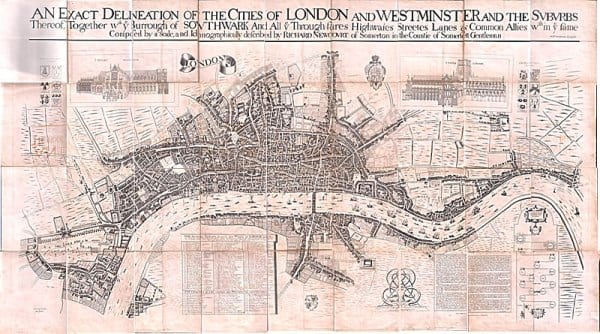
A map of London in Shakespeare’s time
Shakespeare’s Retirement
After a glittering career as an actor, playwright, and theatre proprietor in London, Shakespeare ‘retired’ to Stratford sometime after 1611 whilst in his late 40s. He rejoined his wife and two surviving children. By this time he also had a granddaughter, Elizabeth, daughter of Judith.
Retirement for Shakespeare was not a matter of sitting around in slippers and letting the world pass him by. He had a portfolio of properties and many business interests, including some in the corn and malt trades. He also continued to make the occasional long journey to London. Before leaving London Shakespeare had built up a selection of plays that hadn’t yet been performed. These included The Winter’s Tale, Macbeth, The Tempest, and Cymbeline. It is likely that he visited London for some of these first performances, most probably those of The Tempest and The Winter’s Tale, which were performed to King James.
On June 29th, 1613 Shakespeare’s Globe Theatre was burnt down. It is likely that this event meant more time spent in London for Shakespeare. Shakespeare was definitely in Westminster on 11th May 1612 where he appeared as a witness in the case of Bellot v. Mountjoy. At one time Shakespeare had been a lodger in Christopher Mountjoy’s house in Cripplegate, and now Mountjoy was being sued by his son-in-law, Stephen Bellott for defaulting on a promised marriage settlement. Shakespeare had been involved in the dowry negotiations and so was called to give evidence in the case.
Shakespeare enjoyed visits from his many friends in the world of theatre, arts, and letters to his home in Stratford-upon-Avon. He continued to collaborate with younger playwrights, participating in the writing of Henry VIII, Two Noble Kinsmen, and also the lost play, Cardenio, with his friend John Webster.
Shakespeare’s Death
We aren’t sure of the exact date of his death but it is assumed, from a record of his burial two days later at Holy Trinity Church, Stratford-Upon-Avon that he died on his 52nd birthday on 23rd April 1616. His gravestone remains there and bears the following engraving:
Good frend for Jesus sake forbeare
To digg the dust enclosed heare;
Blese be ye man yt spares these stones
And curst be he yt moves my bones
It is believed that Shakespeare’s death occurred in New House, where he would have been attended by his son-in-law, Dr John Hall, the local physician.
Most historians agree that in the 17th Century Stratford-Upon-Avon had a reputation for scandalous stories and rumours with no basis in fact. This means that we must be cautious in believing for certain the commonly held theory about the cause of Shakespeare’s death:
in 1661, many years after Shakespeare’s death John Ward, the vicar of Holy Trinity Church noted in his diary: “Shakespeare, Drayton, and Ben Jonson had a merry meeting, and it seems drank too hard; for Shakespeare died of a fever there contracted.” It is therefore often stated that Shakespeare died from a fever after a drinking binge with fellow playwrights Ben Jonson and Michael Drayton. There are other reports that Michael Drayton and Ben Johnson visited Shakespeare a week before he died and spent the evening eating and drinking together.
This may be true, but there is a further theory that Shakespeare was sick for over a month before he died. The evidence comes from the fact that on 25th March 1616 (just 4 weeks before his death) Shakespeare dictated his will – in keeping with the 17th Century tradition of drawing up wills on one’s deathbed. This points to the fact that Shakespeare was aware his life was coming to an end. Some scholars also point to his signature on his will being somewhat shaky, suggesting his frailty at the time. As an aside, there is lots of historical discussion and exploration about whether bequeathing his second-best bed to his wife Anne Hathaway was a slight against her or not. It probably wasn’t but we don’t know for sure.
Despite all of the theories, the cause of Shakespeare’s death at the age of just 52 will likely remain a mystery. Shakespeare died a grandfather after living a relatively long and healthy life where the average life expectancy was just 35.
Shakespeare was buried on 25th April, 1616, in Holy Trinity Church in Stratford.
William Shakespeare’s grave in Holy Trinity Church, complete with curse and flowers
Read Our Favourite Shakespeare Biographies in Print
There are so many books out there about Shakespeare and his life, but these four below are our all-time favourites. Each one is readable, informative and well worth relaxing with for a few hours to get a deeper understanding about the man himself:
Author’s Notes
Despite William Shakespeare’s fame as a historical figure, there are very few hard facts known about him. Historians use the following primary sources to piece together his life:
- Shakespeare’s works — the plays, poems and sonnets.
- Official records such as church and court records (available here).
- Written commentary about Shakespeare and his work from contemporaries such as Robert Green and Ben Johnson.
Biographers over the years have amassed an immense amount of knowledge and information Some fact, some opinion. A key purpose of this biography of William Shakespeare has been to make clear what is supposition or assumption rather than fact. We acknowledge here our reference to the following established secondary sources:
Bill Bryson. Shakespeare. London. Wilkie Collins. 2016
Peter Ackroyd. Shakespeare the biography. London. Vintage 2006.
https://www.shakespeare.org.uk/
https://www.rsc.org.uk/
https://www.folger.edu/
https://www.britannica.com/biography/William-Shakespeare/
http://theshakespeareblog.com/http://www.william-shakespeare.info/
https://www.gutenberg.org/files/
http://www.literarygenius.info/education-of-william-shakespeare.htm
http://www.william-shakespeare.info/
http://www.shakespeare-online.com/biography/shakespeareeducation.html
As an Amazon Associate, we may earn a commission from qualifying purchases, at no additional cost to you.

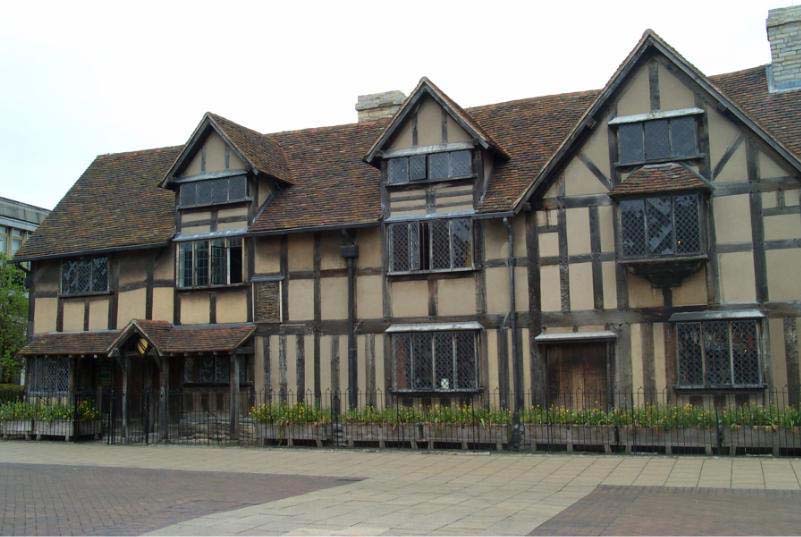
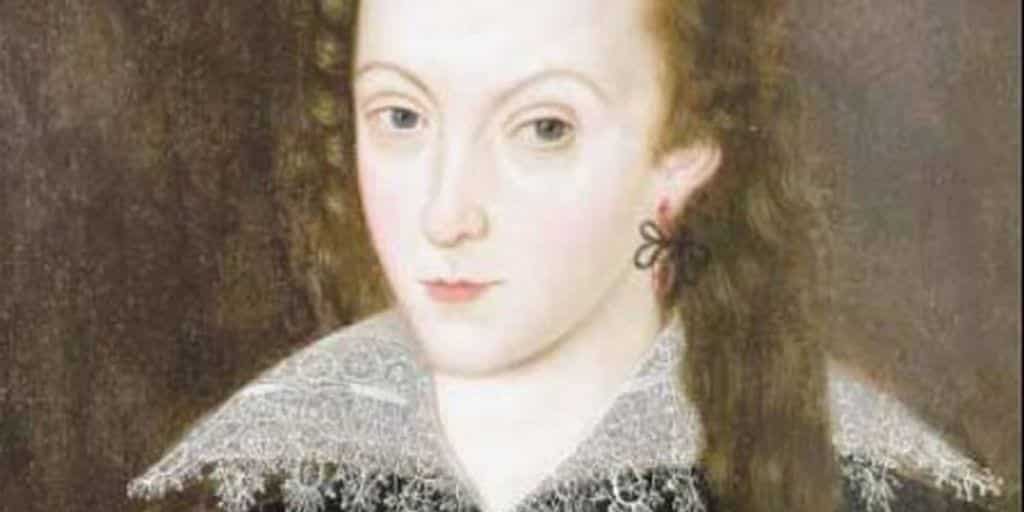
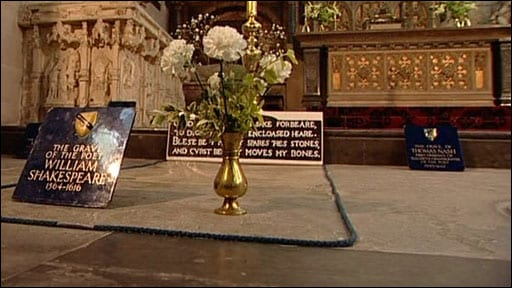
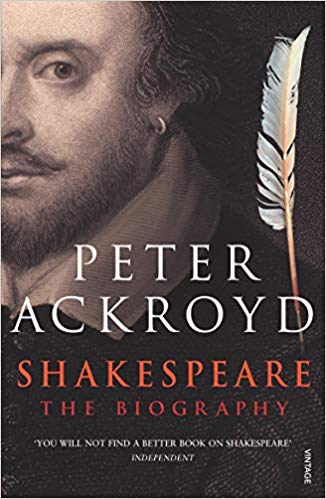
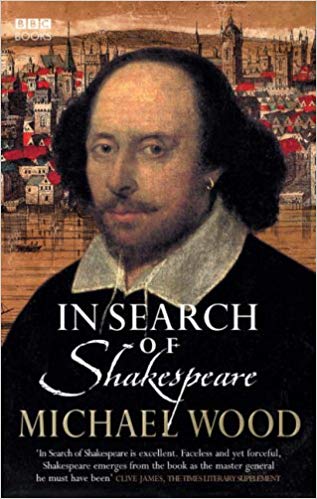
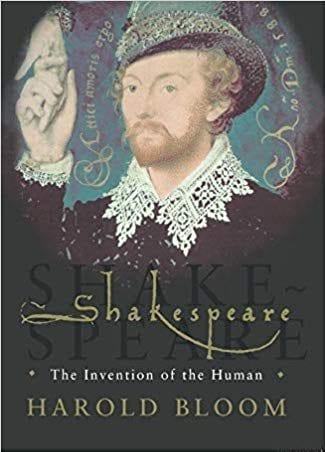




thanks this biography helped me with a school project!
Same Here!! lol :D
this will help me with my school project for history and i have probably gone beyond what we have learent in school
WoW! Thanks alot!! I actually had to do reasearch on william shakesphere for school!!! :)
you spelled it wrong
More process information and knowledge in terms of facts and his plays is needed otherwise, this is one of the few websites helping me to do my presentation on Shakey! Thanks for the help!
You guys can add some more stuff to it. Although this proved to be helpful for me yet I’d say that more points about Shakespeare’s life can be added.
can’t find quiz
I have very recently discovered that my Great+ grandfather, Thomas Ffoxe, Jr. lived on Silver Street, which was only a block long, and on which Shakespeare lived 1602-1612. Thomas was baptized at St. Olave’s Church, which was Hugenot, or Scandinavian, in 1618. I am still researching to see if Thomas’ father of the same name lived there before him. This church was catecorner to the Mountjoy House, a headdress maker and shop, where Shakespeare lived as a lodger during this period.
Enjoyed reading this and thank you .